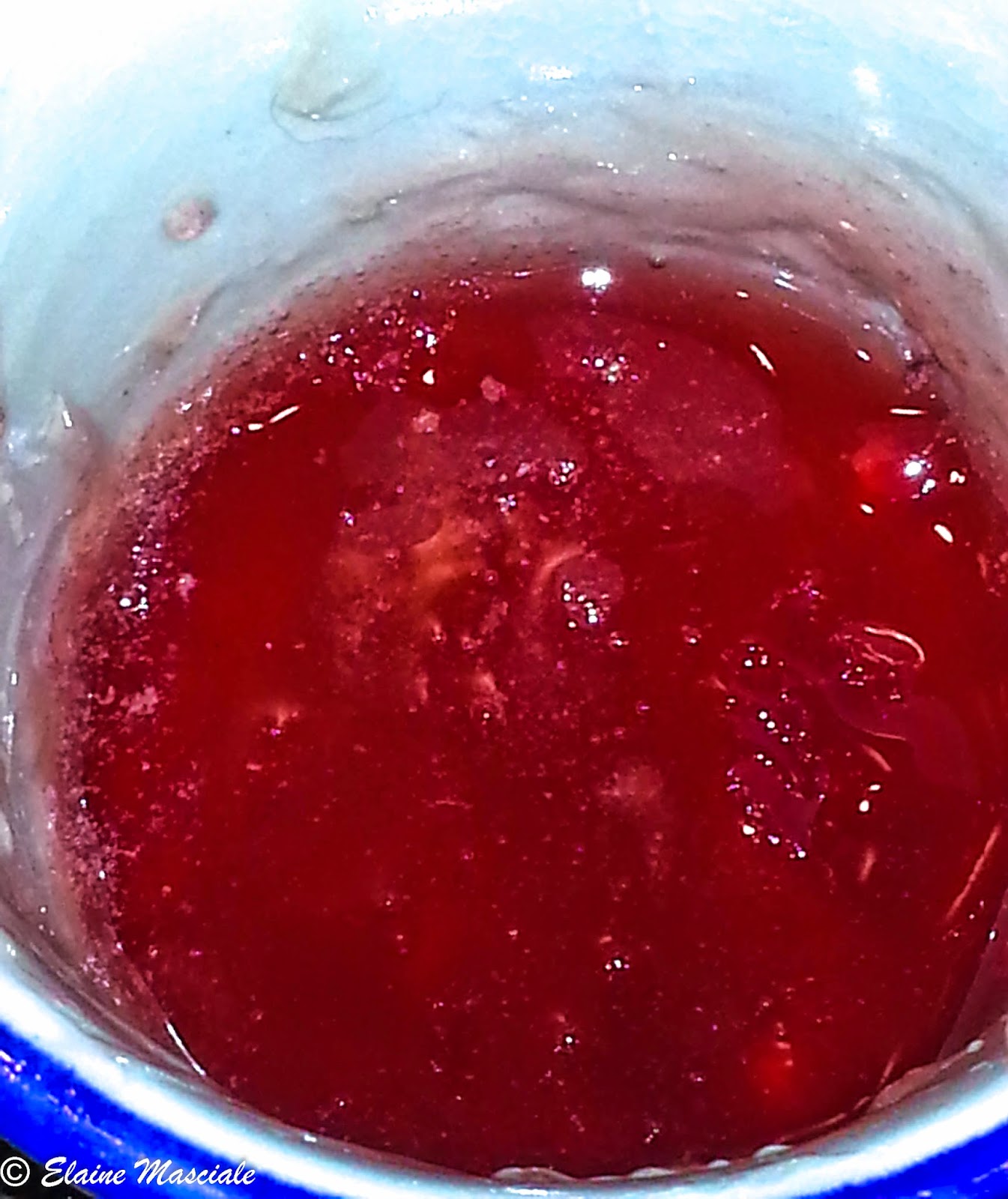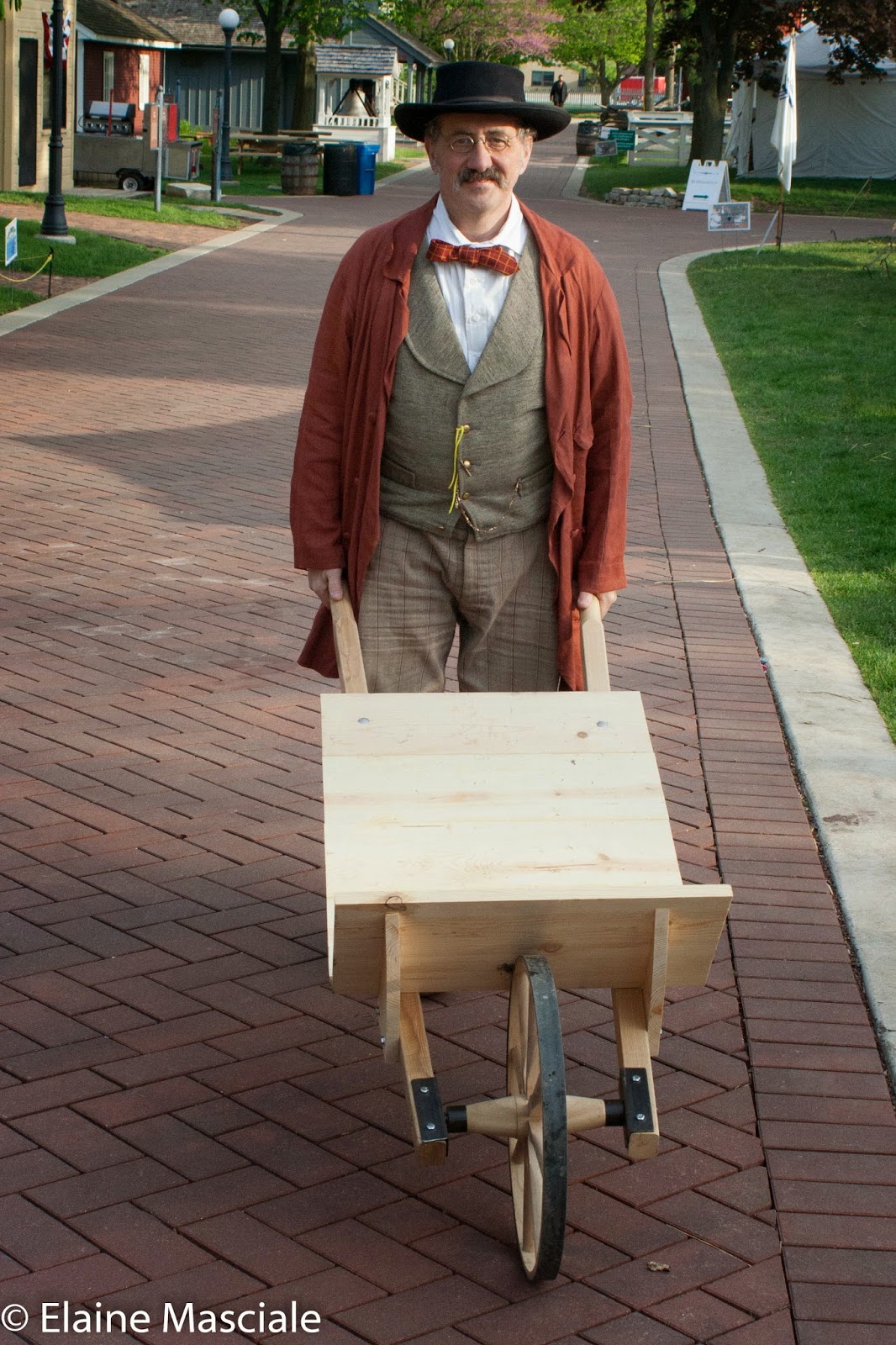Molasses Jumbles

When looking through historic foodways and cookbooks to plan menus, I find it hard to reconcile my love of cookies with my desire to incorporate historic accuracy. Sadly. cookies don't figure as importantly as they do today. Cakes, yes, although they tend to be more solid and dense, like pound cake and various fruit cakes. Puddings of all types - baked and especially boiled - seem to be highly favored. And so my problem. I LOVE cookies! To me it's a size-limited sweet that is easy to transport and easy to eat - and best of all, no dishes to wash when you eat them! I have made Shrewsbury cakes, gingerbread of varying types, and am always on the lookout for a new cookie recipe. So, when my friend Betsy had posted about her successful attempt at making common jumbles. I was very excited. They proved popular with my family and friends and are now one of my go-to recipes. A wonderful cookie to take to reenactments (and to eat at home), they are sturdy enough to not need







